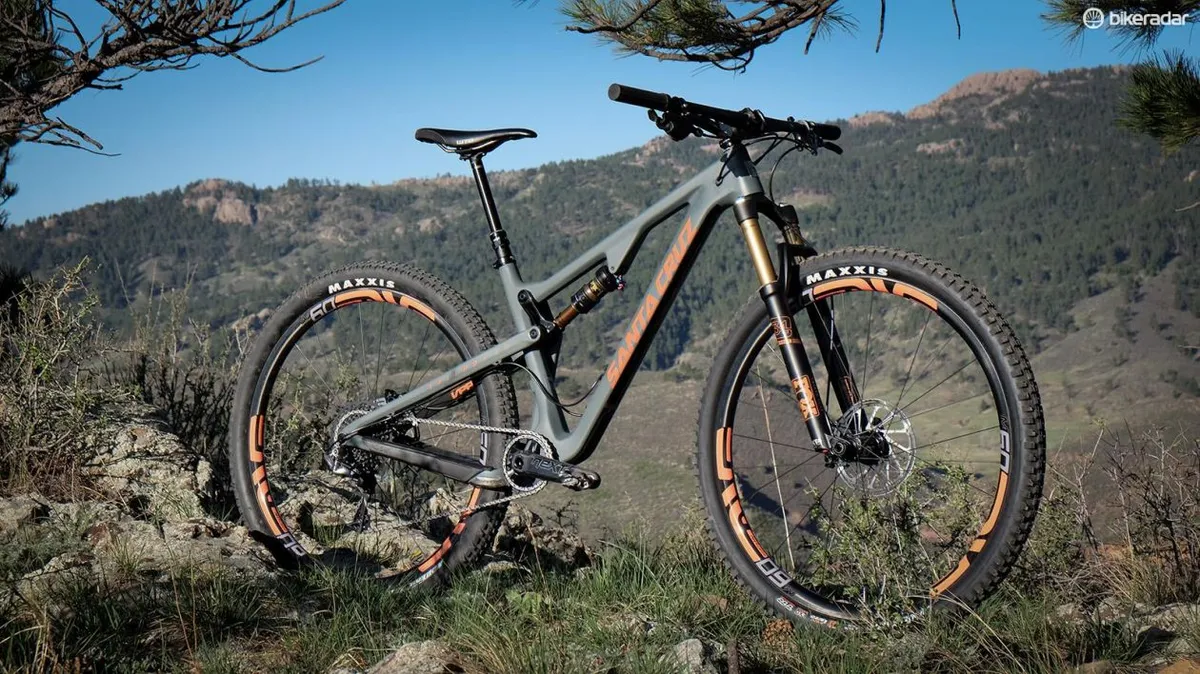Beauty is in the eye of the beholder, or so we’re told. We’re also told that looks don’t matter and that function is the only thing that matters — and that anyone who cares about the looks of a bike is just a fashion-addled sheeple who can’t ride. Of course, we’re told that by riders who wouldn’t dare step outside the matt-black demands of too-casual, ‘real,’ no-logo rebellion. So never mind.
And beauty is in the eye of the beholder, but only because ‘beauty’ is such a loaded word. Take out the emotions and you get the idea of form. While form is obviously still subjective, it leaves space for objective truth as well. A really minimalist set of carbon wheels might be beautiful, for instance, but if they’re so spartan there’s no hole for an axle they’re arguably bad form.
Here’s the thing. If you get the function of your design perfect, shouldn’t the perfect form follow? Much of the beauty in engineering, after all, stems from how efficiently it does the job. This beauty is a very different thing from starting with the looks, then trying to make your bicycle work after that.

There is surely such a thing as perfect form, or at least as near-perfect as a human being can hope to create. Think of iconic designs such as the Zippo lighter, the Swiss Army Knife, the Gibson Les Paul guitar and that Grace Jones album cover where she’s doing the thing with the mic which, terrifyingly, is plugged into a mains socket. Jones is making a perfect shape while wearing scraps of cloth and body oil, and it can take up to a 1,000 hours of looking to see that socket.
All the above designs make any further attempts futile, but people keep trying anyway, because people are sweet like that. These iconic forms just look perfectly right from every angle, and do the best job while they’re at it.
Which is why today’s progressively-shaped mountain bikes perplex me slightly. The new wheel sizes have long since stopped looking odd, despite the decades of 26er domination. Yet today’s longest, slackest and lowest bikes just won’t stop looking weird. Even when they’re hardtails. In fact, especially when they’re hardtails.

I didn’t think it was possible to make a hardtail frame look inelegant, because it’s such a perfect form. Two triangles, and every line supports another. It’s 90 percent nothing, because nothing is wasted. It’s simple in that special way, where ‘simple’ is absolutely not synonymous with ‘easy.’
I can’t look at a Geometron, a BTR Ranger or any similar boundary-pusher without seeing two halves of separate thing
Simple solutions to complex problems are super-attractive, of course, which is why charlatans like them. But genuinely simple solutions take the cleverest people. For instance, E=mc2 is simple, but it took a genius to figure out. Meanwhile, closing borders to stop terrorism is simple, but as walls don’t stop ideas it’s stupid.
What perplexes me about progressive-geometry bikes is that they clearly work so well — as this video about the custom BTR so ably explains — yet they just don’t look right. Why is that?
The huge empty space between the front wheel and the down tube is jarring. The dominant mismatch of angles between the forks and seat tube is another kick in the eye, as is the lack of balance — most of the bike is crowded around the back wheel, as if the front one just whispered something creepy about cousins.
I can’t look at a Geometron, a BTR Ranger or any similar boundary-pusher without seeing two halves of separate things, or maybe the bike Stretch Armstrong rode as a kid.

Paint them black and they also remind me of a hearse. Specifically those low-riding, stretched out old Cadillacs with the S-shaped chrome trim on the sides. I’m willing to concede that it might just be me, because a) I’m just a really super lovely guy and b) I can’t actually back it up.
Just to be clear, I love long, slack and low bikes, and both BTR and Mojo/Nicolai build exquisite things. But while their looks are partly a matter of taste, the proportions are also demonstrably uncomfortable.
There’s no flow and no balance when geo gets extreme. Given how well they work, that’s odd. Will later designs engineer that out as we come ever closer to the perfect design? Or are the compromises demanded by mountain biking so broad that the best form is, in itself, compromised?